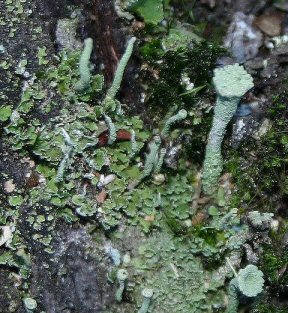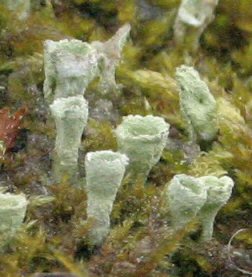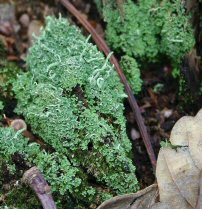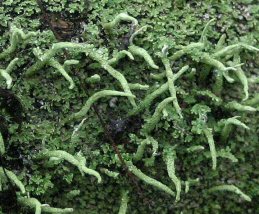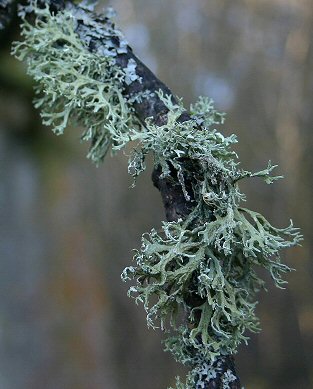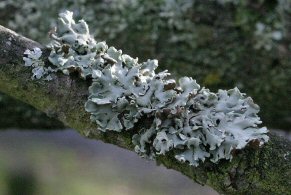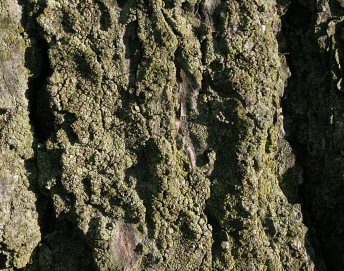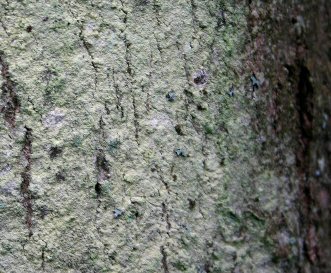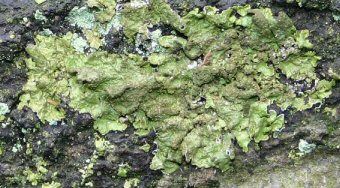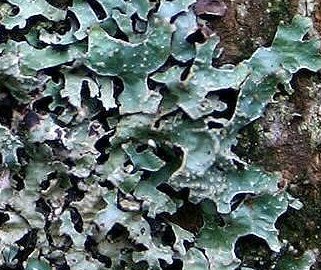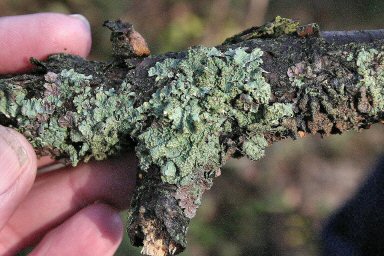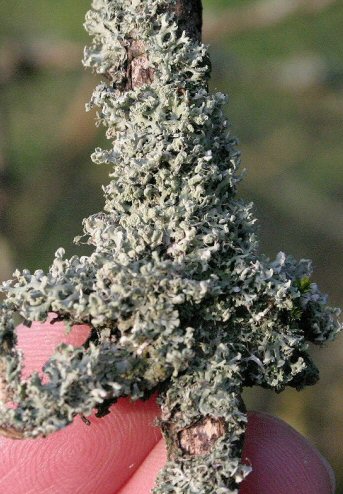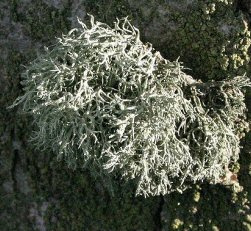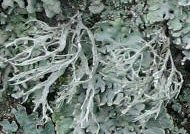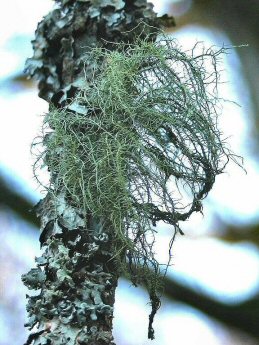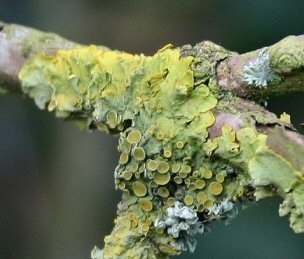Lichens and lichen photographs


A lichen is a stable combination of a fungus and a partner organism that uses light to photosynthesise. The partner is either an alga or a cyanobacterium. The fungus provides the fabric, and the partner, which lives inside, provides carbohydrates. About 1800 species have been recorded in Britain, with more species in the west and cleaner regions. Many lichens are difficult identify, chemical tests are often necessary, and some can only be identified by specialised experts but some of the species that are common in our area (and there aren't very many of them) are reasonably easy to recognise - so don't be put off! These photographs should help.
The best guide to lichens is LICHENS: An Illustrated Guide to the British and Irish Species by Frank S. Dobson (Richmond Publishing Company) but it is expensive at around £45.
You can download a list of all the species recorded in Scot's Gill and Borough Woods in 2004-2005 HERE (Excel spreadsheet 39 kb)
Cladonia chlorophaea - Common on soil, mossy banks, peat and rotting logs. The lichen consists of a mat-like blue-green thallus (Greek origin, meaning shoot) with structures like thick-stemmed trumpets sticking upwards, called podetia. The podetia are up to 3cm long.
(Cladonia means branch or twig-like, Dobson 2005).
